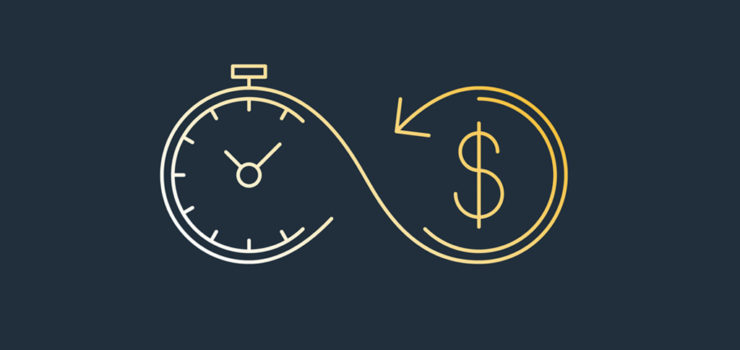The workforce shortage is and has been a hot topic for all skilled labor industries, and that’s not likely to change much in 2020.
The bulk of the Boomer generation will retire over the next decade, taking a huge chunk of the existing skilled workforce with it. Hopefully the trades gain more interest among high school seniors. In the meanwhile, manufacturers, wholesalers, sales reps and contractors need to do everything they can to empower the existing workforce.
At first glance, the workforce deficit looks like a recruiting and retention issue. But that’s only part of the equation.
When more workers can’t be had, only increasing productivity per worker will help alleviate the labor crunch. But pushing employees to work more hours defeats the purpose. It might work for a little while, but burnout inevitably follows as fatigue rises and morale falls.
So the real question is, how does the industry squeeze more productivity out of the labor hour? The old “work smarter, not harder” adage applies here.
Training
Quality training and education pays dividends, and proves time and again to save a lot more time than it requires. This is especially true as heating and cooling equipment becomes more specialized. The “smarter” the mechanical equipment, the “smarter” the technician must be, and the more specific his/her training must become.
Brand-specific training not only expedites the installation process, but it reduces the likelihood of callbacks. And callbacks, as we all know, are the ultimate killer of productivity. Whether you require, encourage or incentivize training within your company, it’s one of the very best investments you can make to increase productivity, profitability and competitiveness.
U.S. Boiler Company offers training opportunities in several ways. Contractors can either attend local training provided by sales representatives, typically at participating supply houses. Installers can also attend factory training, in Lancaster, PA, which includes a tour of the plant and the new engineering lab. Reach out to your local U.S. Boiler Company sales representatives to learn about the training resources available to your company.
Sticking with a brand
Selecting a quality brand of equipment and remaining loyal to it has a number of advantages that can maximize the value of a labor hour. Of course, training applicable to the equipment being installed is vital, but it goes beyond that.
Familiarity with product expedites installation and troubleshooting. Standardizing on a brand, no matter the system type, makes it easier to keep parts on the truck. Having the most frequently-needed service and replacement parts on company vehicles reduces windshield time.
Fleet management
Speaking of windshield time, investing in dispatch/fleet management software can improve your ratio of billable hours. Not only can trucks be tracked between jobs, but the software can increase efficiency of travel between jobsites.
This is especially true for big companies, and those that serve large territories.
There are a variety of fleet management platforms available, but not all provide the same thing. The size of your company, the services and information your company will benefit from, and the budget allocated to fleet management can help determine which is best for your business.
A few options that may be worth researching include ClearPath GPS, GEOTAB, GPS Insight, Rhino Fleet Tracking, Samsara and Verizon Connect.
Prefabrication
Prefabricating portions of a boiler system in the shop before delivering them to the jobsite can often be a profitable, time-saving practice that increases quality of work.
Some contractors have stated that this practice can save upwards of 50 percent on labor costs when compared to assembling components on site.
Working in the shop offers a familiar, controlled environment with all the necessary tools within arms’ reach. Lighting can be controlled, and work can be conducted on a tabletop instead of on the floor or against a wall.
Productivity is also increased by eliminating set-up and tear-down every day, and road time is reduced during portions of the project that could’ve been completed at the shop.
Building a portion of the mechanical system off-site is a very big advantage on jobs that have tight timelines, or where the heating system must remain online for as long as possible. Prefabbing isn’t a perfect fit for every job, but it can be a big advantage.
New technology
Pay attention to emerging technologies. This includes new equipment and tools that expedite the installation or service process, but extends again to software.
Two years ago, AR/VR (augmented reality/virtual reality) made a splash in the industry news. With the ability to project live audio and video from wearable tech (glasses), while also leaving a technician’s hands free, VR allows a service tech to interface with someone off-site.
This could include other technicians, reps, engineers, or a manufacturer’s tech support team. With the increasing complexity of HVAC systems, this technology greatly increases the resources that any technician can draw from without the need to physically send other professionals to the site.
Wearable technology is only one example of how the heating and cooling industry will adopt and adapt emerging technologies over the next decade.
The workforce shortage is a daunting challenge, but there are ways to alleviate the pain. The more solutions your company employs, the more sustainable the business will become.

